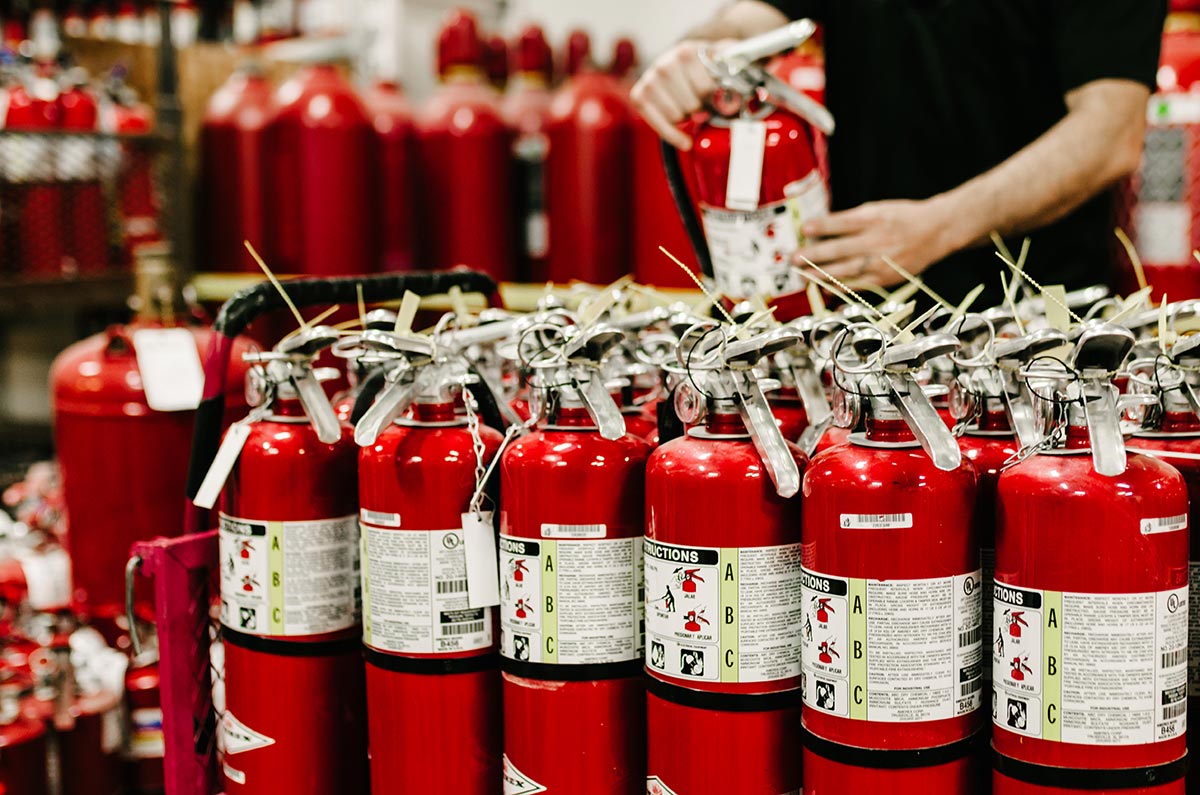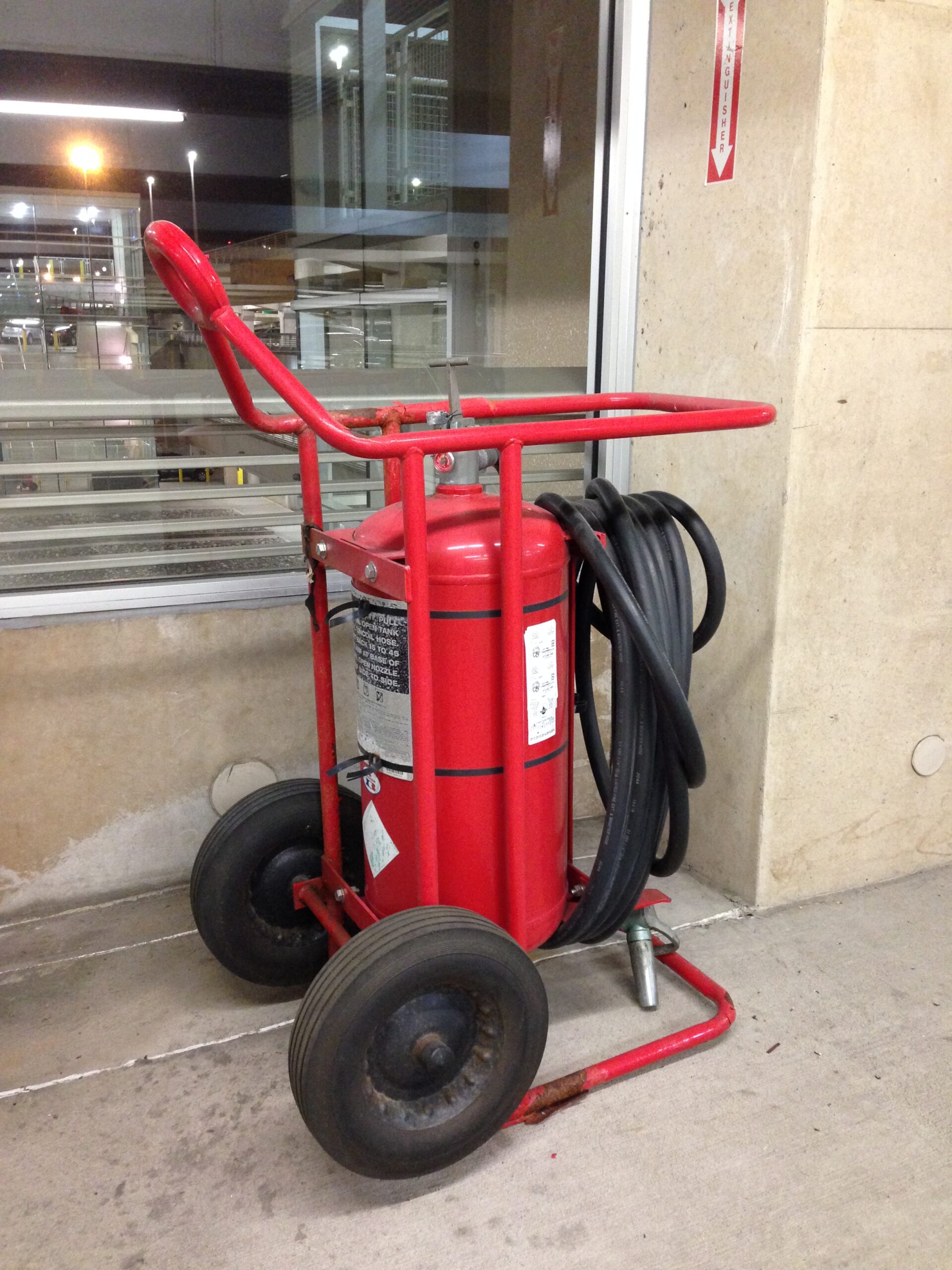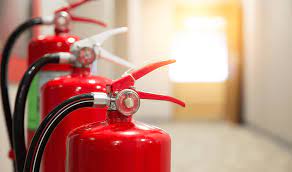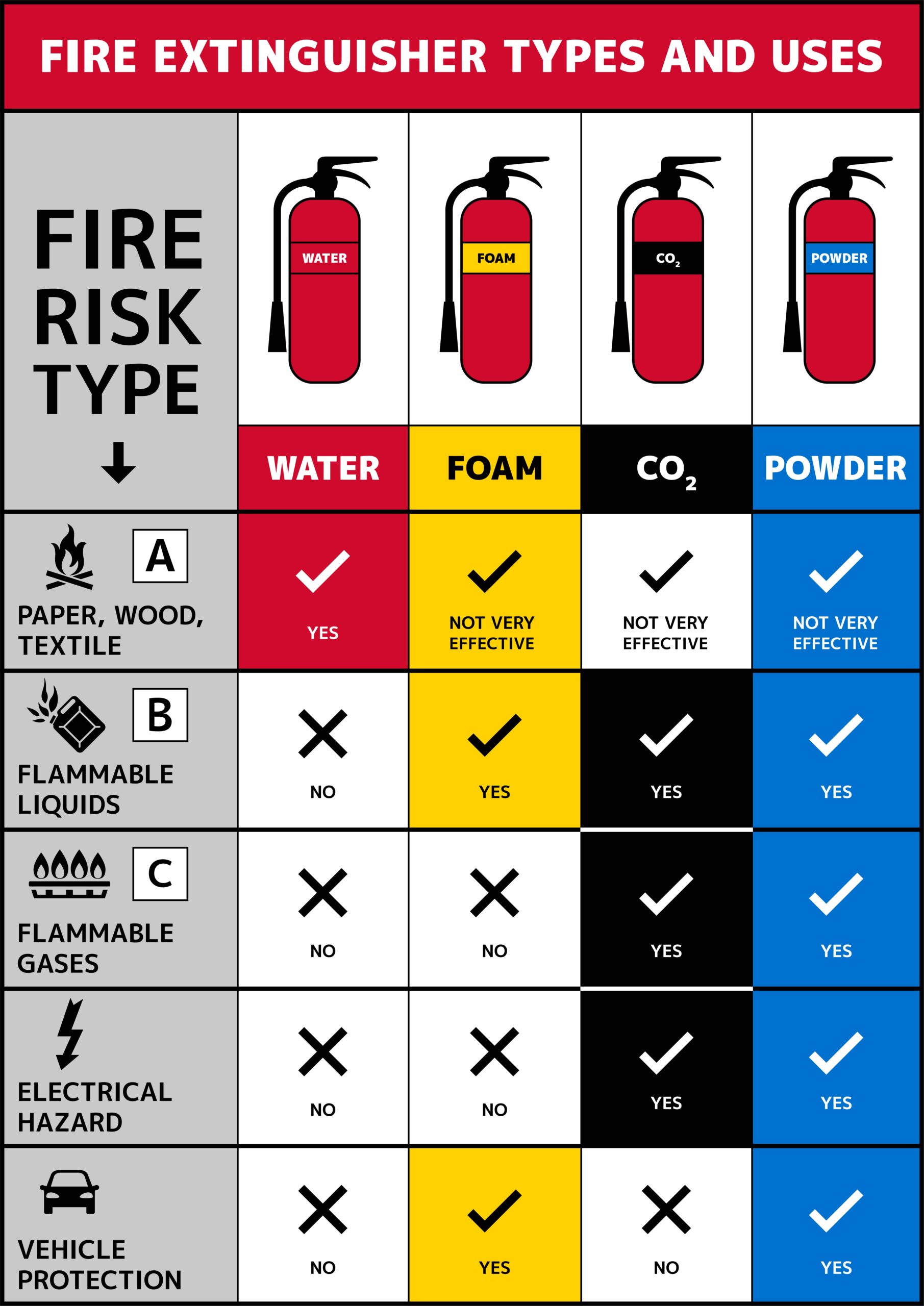       |
| Industrial fire extinguishers are specially designed and equipped to handle fire hazards commonly found in industrial settings. These extinguishers are tailored to address the specific types of materials and fire risks typically encountered in industrial environments. The selection of industrial fire extinguishers depends on the nature of the materials present and the specific fire risks in a given industrial facility. Here are some types commonly used in industrial settings:
ABC Dry Chemical (Multi-Purpose):
CO2 (Carbon Dioxide):
Foam:
Dry Powder (Class D):
Water Mist:
Clean Agent (Halotron, FM-200):
Wet Chemical (Class K):
Purple K (Potassium Bicarbonate):
It’s crucial to conduct a thorough fire risk assessment in industrial settings to determine the appropriate types and sizes of fire extinguishers needed. Additionally, industrial fire safety measures often involve other components such as fire suppression systems, emergency evacuation plans, and employee training to ensure a comprehensive approach to fire protection. |
- Hot Line : +8801331665593
- info@solid-bd.com
- Address: Plot #08, Road #08, Sector #11, Uttara, Dhaka - 1230
